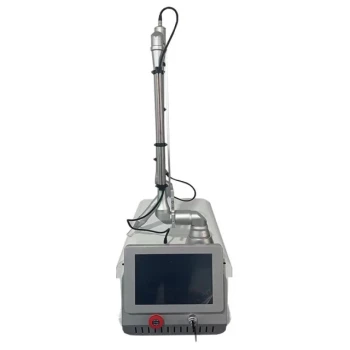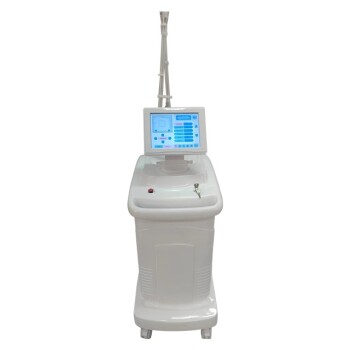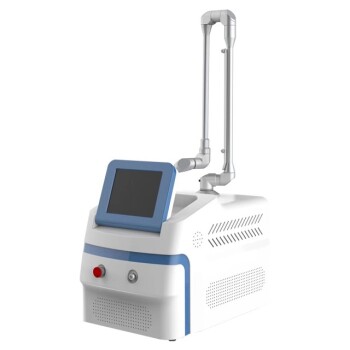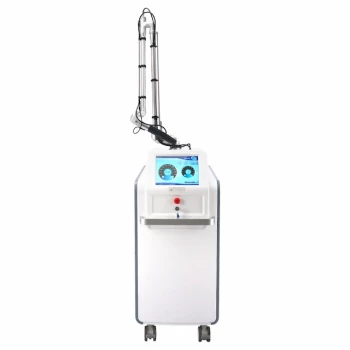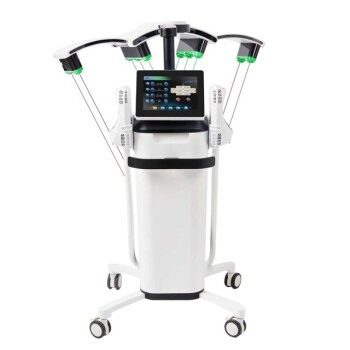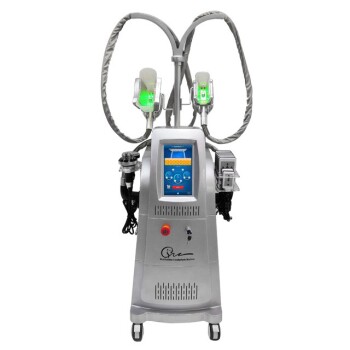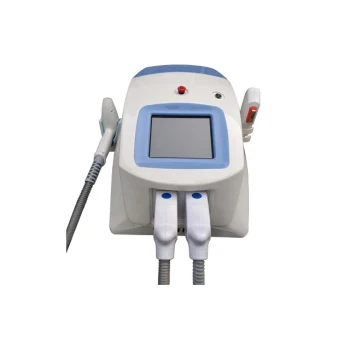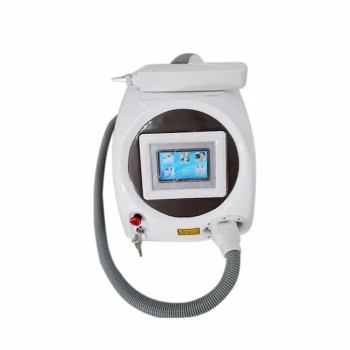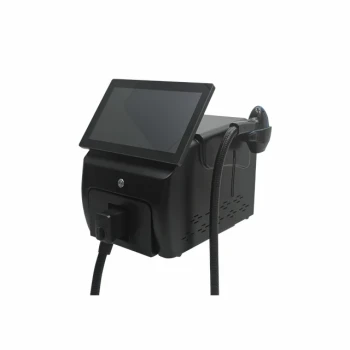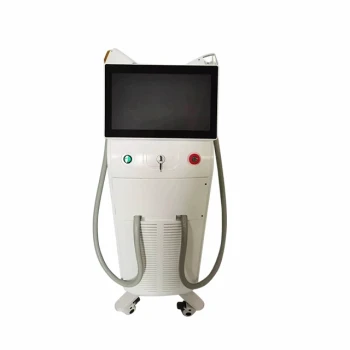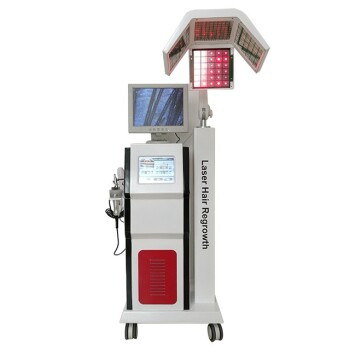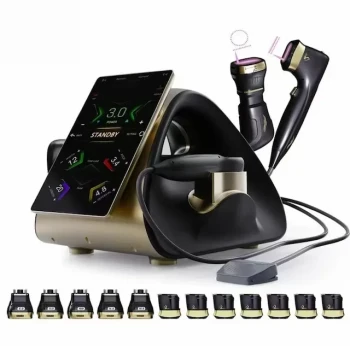CO2 laser treatment is not a universal solution for skin rejuvenation. It is a powerful ablative laser that, while effective, is unsuitable for individuals with specific skin types and conditions. Key contraindications include darker skin tones, active skin infections like acne, and a personal or family history of abnormal scarring, such as keloids.
The suitability of CO2 laser treatment hinges on a critical balance: the potential for impressive results versus the risk of adverse outcomes. The primary concerns revolve around unpredictable pigmentation changes in darker skin and compromised healing in those with certain pre-existing skin conditions.
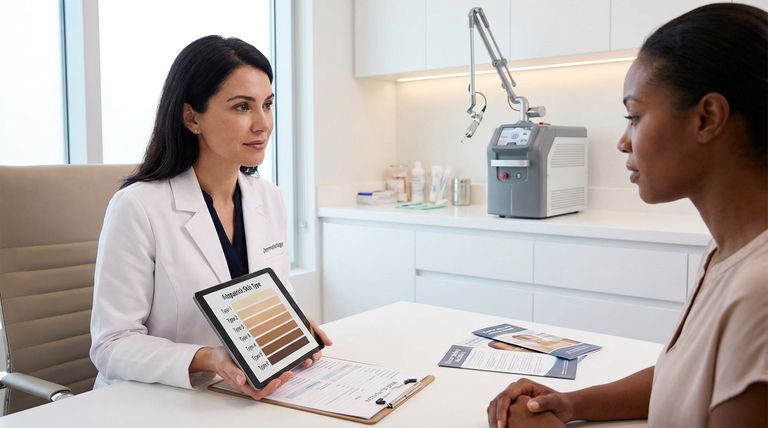
Why Skin Tone is a Critical Factor
One of the most significant considerations for CO2 laser resurfacing is the patient's natural skin color. The laser targets water in the skin cells, but the thermal energy it creates can inadvertently stimulate the pigment-producing cells (melanocytes).
The Risk of Hyperpigmentation
For individuals with darker skin, there is a much higher risk of developing post-inflammatory hyperpigmentation (PIH). This condition causes patches of skin to become significantly darker than the surrounding area after an injury or inflammation, which the laser treatment effectively creates.
This reaction can be difficult to treat and may negate the cosmetic benefits of the procedure. In some cases, it can also lead to hypopigmentation, which is a loss of skin color.
Assessing Skin with the Fitzpatrick Scale
Dermatologists use the Fitzpatrick scale to classify skin types based on their reaction to UV light. It ranges from Type I (very fair, always burns) to Type VI (deeply pigmented, never burns).
Generally, individuals with Fitzpatrick skin types IV, V, and VI are considered poor candidates for aggressive CO2 laser treatments due to the high risk of pigmentation complications.
Active Skin Conditions and Healing Concerns
The skin must be in a healthy, stable state to heal properly from the controlled injury induced by the laser. Active conditions can severely complicate this process.
The Problem with Active Acne
Treating skin with active acne, especially cystic or inflammatory acne, is not recommended. The laser can worsen inflammation and potentially spread bacteria across the skin, leading to a significant breakout or even infection post-procedure.
The skin must be clear of active lesions before undergoing treatment.
The Challenge of Abnormal Scarring
A personal or family history of keloid or hypertrophic scarring is a major contraindication. These conditions involve the overproduction of collagen during the healing process, resulting in thick, raised scars that extend beyond the original wound.
The CO2 laser creates a significant wound that requires a robust healing response. For individuals prone to keloids, the procedure itself can trigger the formation of new, extensive scarring.
Understanding the Contraindications and Risks
Beyond the primary factors of skin tone and active conditions, several other issues can make a person unsuitable for CO2 laser therapy.
Certain Medications and Conditions
Patients taking photosensitizing medications or those with autoimmune disorders may not be suitable candidates. A full medical history must be disclosed to the practitioner.
Recent Sun Exposure
Skin that is recently tanned or sunburned is actively inflamed and cannot be safely treated. Any sun exposure must be avoided for several weeks before and after the procedure to minimize risks.
Unrealistic Expectations
A good candidate must have a clear and realistic understanding of what the treatment can achieve. CO2 laser can produce dramatic results, but it cannot stop the aging process or create "perfect" skin. A thorough consultation is key to aligning expectations with probable outcomes.
The Essential Next Step: A Professional Consultation
Ultimately, the only way to know for certain if you are a suitable candidate is through a detailed consultation with a board-certified dermatologist or plastic surgeon.
- If you have a darker skin tone (Fitzpatrick IV-VI): You must prioritize a discussion about the significant risk of pigmentation issues and explore potentially safer alternatives.
- If you have a history of keloid scarring: You should investigate non-ablative treatments, as the risk of triggering new scar formation from a CO2 laser is high.
- If you have active acne or other infections: You must fully resolve these conditions with your dermatologist before considering any ablative laser procedure.
Understanding these limitations is the first step toward choosing a safe and effective path for your skin's health.
Summary Table:
| Contraindication | Key Risk |
|---|---|
| Darker Skin Tones (Fitzpatrick IV-VI) | High risk of post-inflammatory hyperpigmentation (PIH) or hypopigmentation. |
| Active Acne or Skin Infections | Can worsen inflammation, spread bacteria, and lead to infection. |
| History of Keloid/Hypertrophic Scarring | The procedure may trigger the formation of new, raised scars. |
| Recent Sun Exposure or Tan | Increases risk of adverse reactions and poor healing. |
Unsure if CO2 laser is right for your clients? Consult BELIS for Safer Alternatives.
At BELIS, we specialize in professional medical aesthetic equipment for clinics and premium beauty salons. We understand that patient safety and predictable outcomes are your top priorities. Our experts can help you navigate treatment options and recommend advanced technologies that deliver effective results while minimizing risks for a wider range of skin types.
Contact our specialists today for a personalized consultation to enhance your treatment portfolio and ensure client safety.
Visual Guide
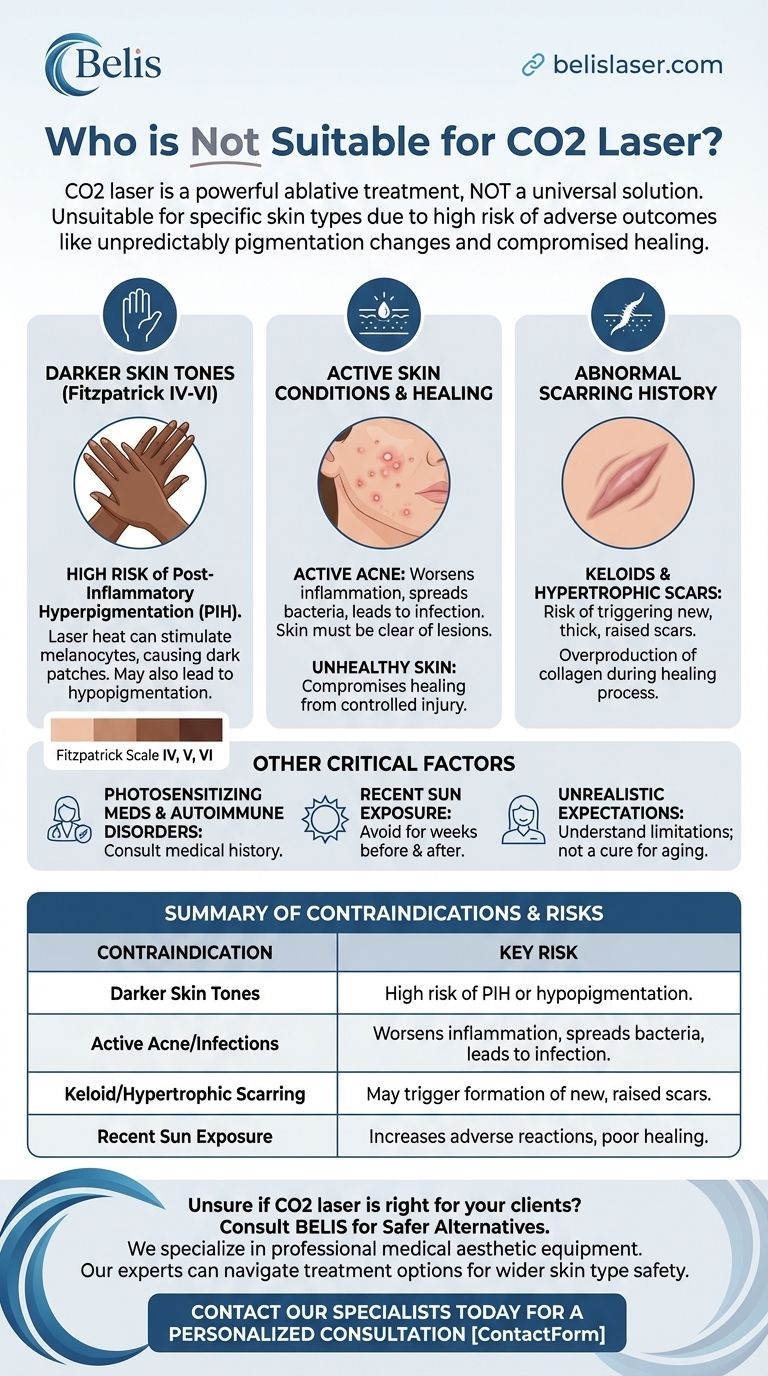
Related Products
- Fractional CO2 Laser Machine for Skin Treatment
- Fractional CO2 Laser Machine for Skin Treatment
- Pico Picosecond Laser Machine for Tattoo Removal Picosure Pico Laser
- Pico Laser Tattoo Removal Machine Picosure Picosecond Laser Machine
- Diode Laser SHR Trilaser Hair Removal Machine for Clinic Use
People Also Ask
- How often should you do fractional CO2 laser? The 4-6 Week Rule for Optimal Results
- What does a CO2 laser do to your face? Achieve Profound Skin Resurfacing & Renewal
- What will my face look like after a CO2 laser? Your Complete Recovery Timeline
- What is a fractional CO2 laser machine used for? A Guide to Advanced Skin Resurfacing
- Is CO2 laser for all skin types? A Critical Guide to Skin Type Safety and Risks
